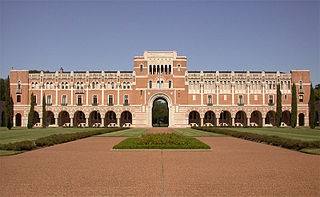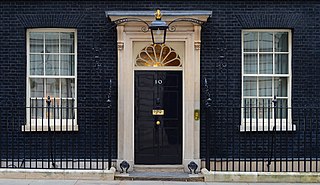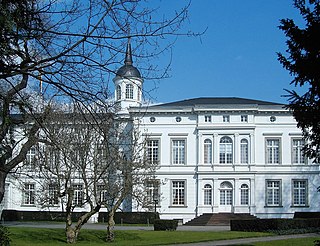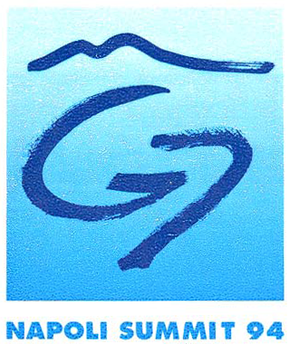
The 21st G7 summit was held on June 15–17, 1995 in Halifax, Nova Scotia, Canada. The venue for this summit meeting was Summit Place in Halifax. It was labelled by Prime Minister Jean Chrétien as a "Chevrolet Summit", using a utilitarian automobile as a metaphor for the summit being less expensive than previous summits in Versailles and Venice.

The 16th G7 Summit was held at Houston between July 9 and 11, 1990. The venue for the summit meetings was the campus of Rice University and other locations nearby in the Houston Museum District.

The 2nd G7 Summit, also called Rambouillet II, was held at Dorado, Puerto Rico, between June 27 and 28, 1976. The venue for the summit meetings was the Dorado Beach Hotel, now Dorado Beach Resort, which is near San Juan, Puerto Rico.

The 3rd G7 Summit was held in London, United Kingdom between 7–8 May 1977. The venue for the summit meetings was the British Prime Minister's official residence at No. 10 Downing Street in London.

The 4th G7 Summit was held at Bonn, West Germany between 16 and 17 July 1978. The venue for the summit meeting was at the former official residence of the Chancellor of the Federal Republic of Germany in Bonn, the Palais Schaumburg.

The 5th G7 Summit was held at Tokyo, Japan between June 28 and 29, 1979. The venue for the summit meetings was the State Guesthouse in Tokyo, Japan.

The 6th G7 Summit was held at Venice, Italy between 22 and 23 June 1980. The venue for the summit meetings was the island of San Giorgio Maggiore in the Venetian lagoon.

The 7th G7 Summit was called the Ottawa Summit, and was held in Montebello, Quebec, Canada and nearby Ottawa between July 20 and 21, 1981. The venue for the summit meetings was the Château Montebello.

The 24th G8 Summit was held in Birmingham, England, United Kingdom on 15–17 May 1998. The venue for this summit meeting was the International Convention Centre.

The 14th G7 Summit was held in Toronto, Ontario, Canada between June 19 and 21, 1988. The venue for the summit meetings was the Metro Toronto Convention Centre in Downtown Toronto.

The 13th G7 Summit was held in Venice, Italy between 8 and 10 June 1987. The venue for the summit meetings was the island of San Giorgio Maggiore in the Venetian lagoon.

The 12th G7 Summit was held in Tokyo, Japan between May 4 and May 6, 1986. The venue for the summit meetings was the State Guesthouse in Tokyo, Japan.

The 11th G7 Summit was held in Bonn, West Germany between May 2 and May 4, 1985. The venue for the summit meeting was at the former official residence of the Chancellor of the Federal Republic of Germany in Bonn, the Palais Schaumburg.

The 15th G7 Summit was held in the business district of La Défense to the west of Paris, France between 14 and 16 July 1989. The venue for the summit meetings was the Grande Arche which was rushed to completion for celebrations marking the bicentennial of the French Revolution and for the world economic summit meeting that was held in the top of the Arche. This event was also called the "Summit of the Arch."

The 10th G7 Summit was held in London, England, United Kingdom from 7 to 9 June 1984. The venue for the summit meetings was Lancaster House in London.

The 8th G7 Summit was held in Versailles, France from 4 to 6 June 1982. The venue for the summit meetings was at the Palace of Versailles.

The 17th G7 Summit was held in England between 15 and 17 July 1991. The venue for the summit meetings was Lancaster House in London.

The 18th G7 Summit was held in Munich, Germany between 6 and 8 July 1992. The venue for the summit meetings was at the Residenz palace in central Munich.

The 19th G7 Summit was held in Tokyo, Japan, on July 7–9, 1993. The venue for the summit meetings was the State Guesthouse in Tokyo, Japan.

The 20th G7 Summit was held in Naples, Italy, on 8–10 July 1994. The venue for the summit meetings was the former Royal Palace in Naples.



























